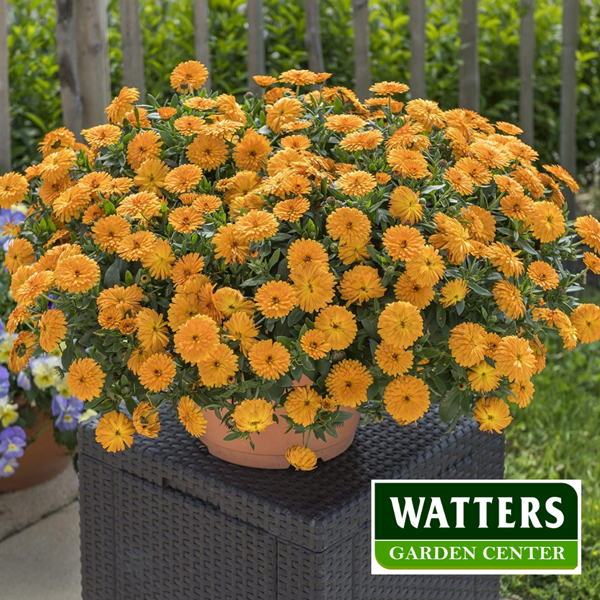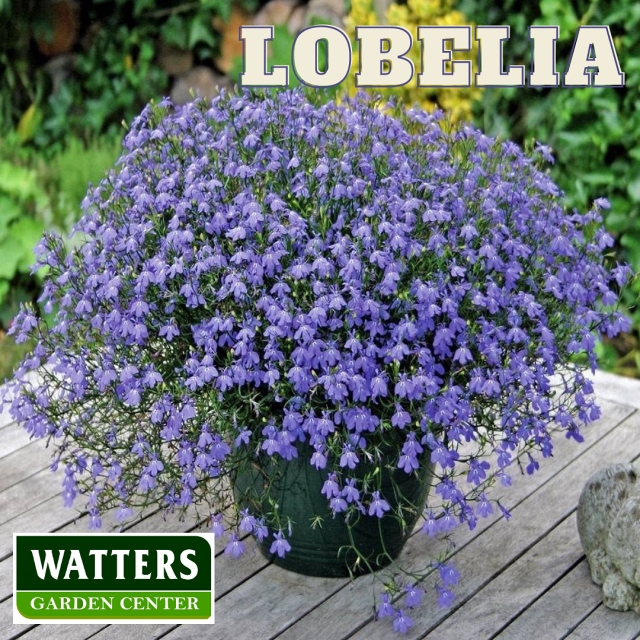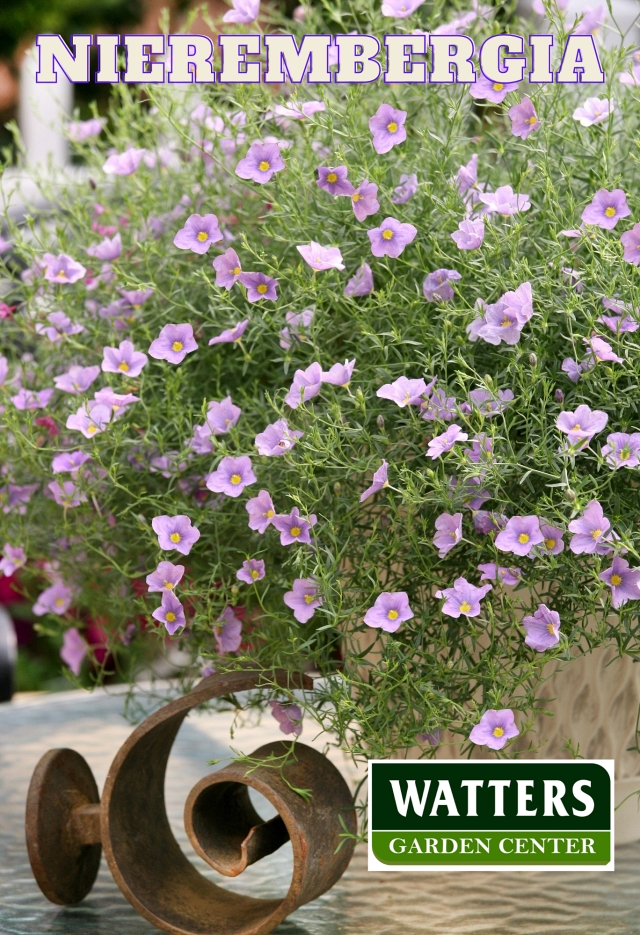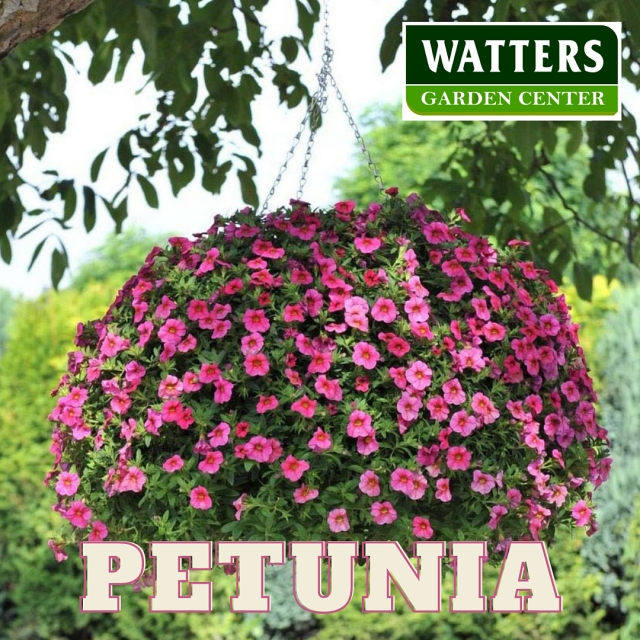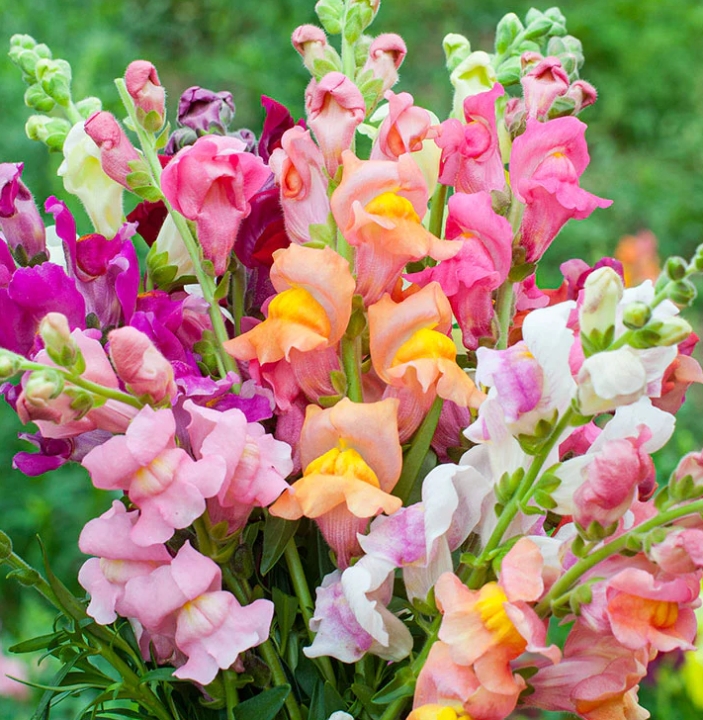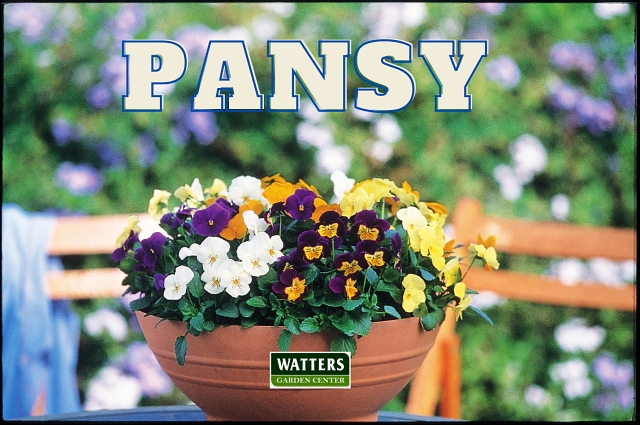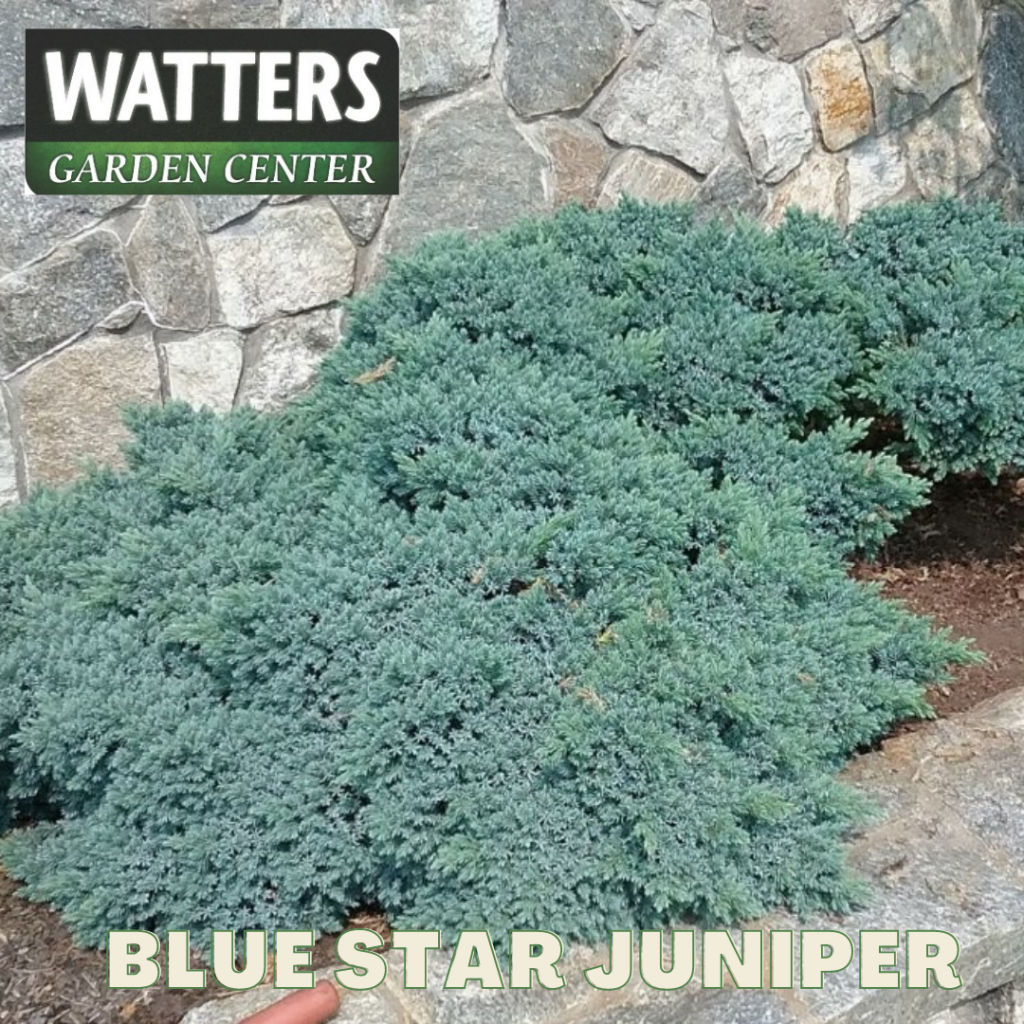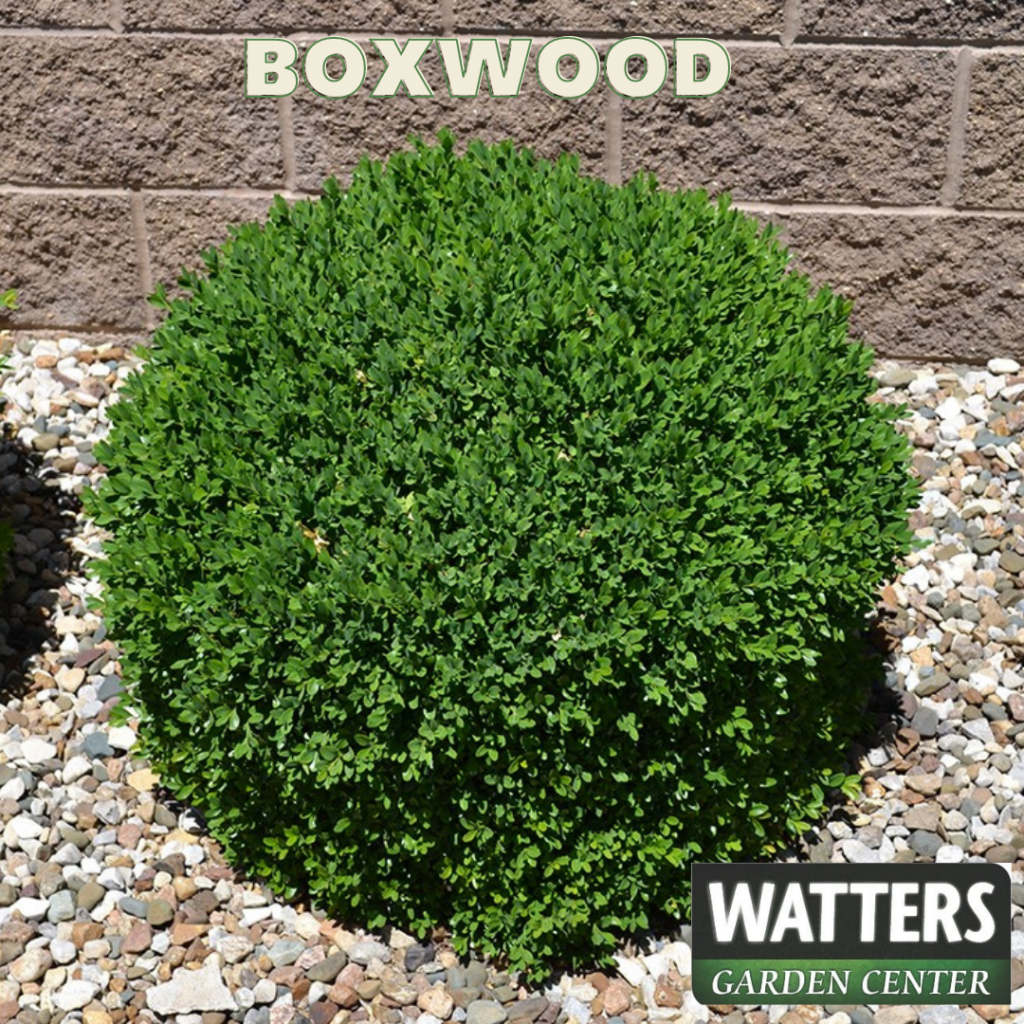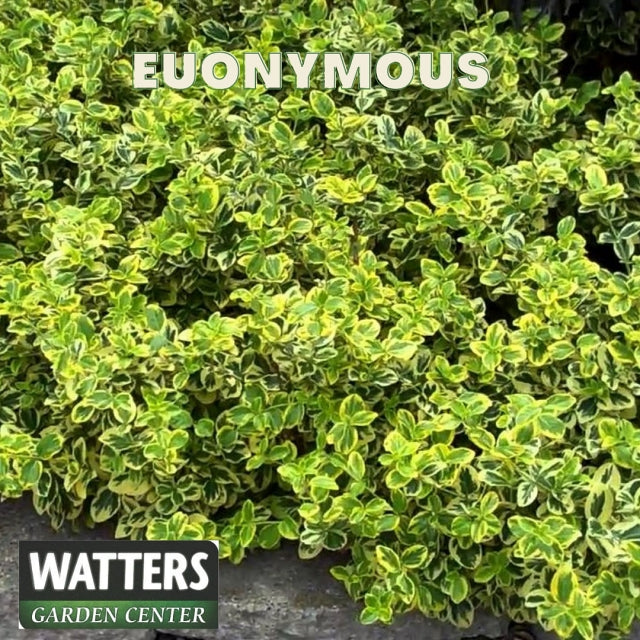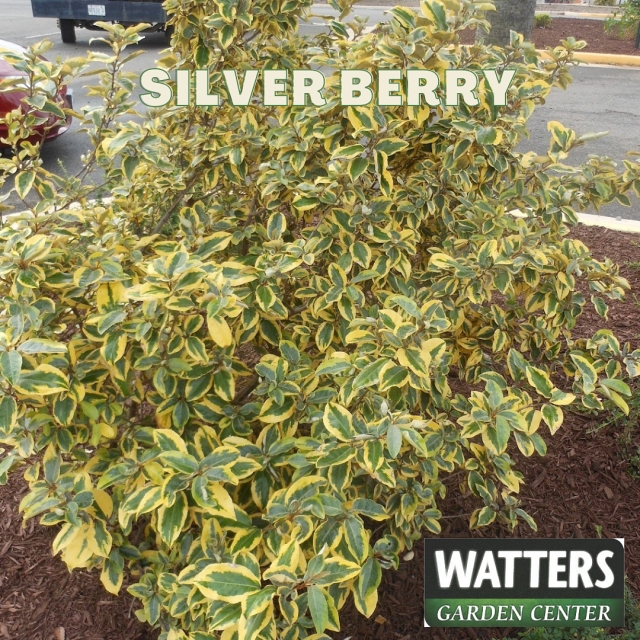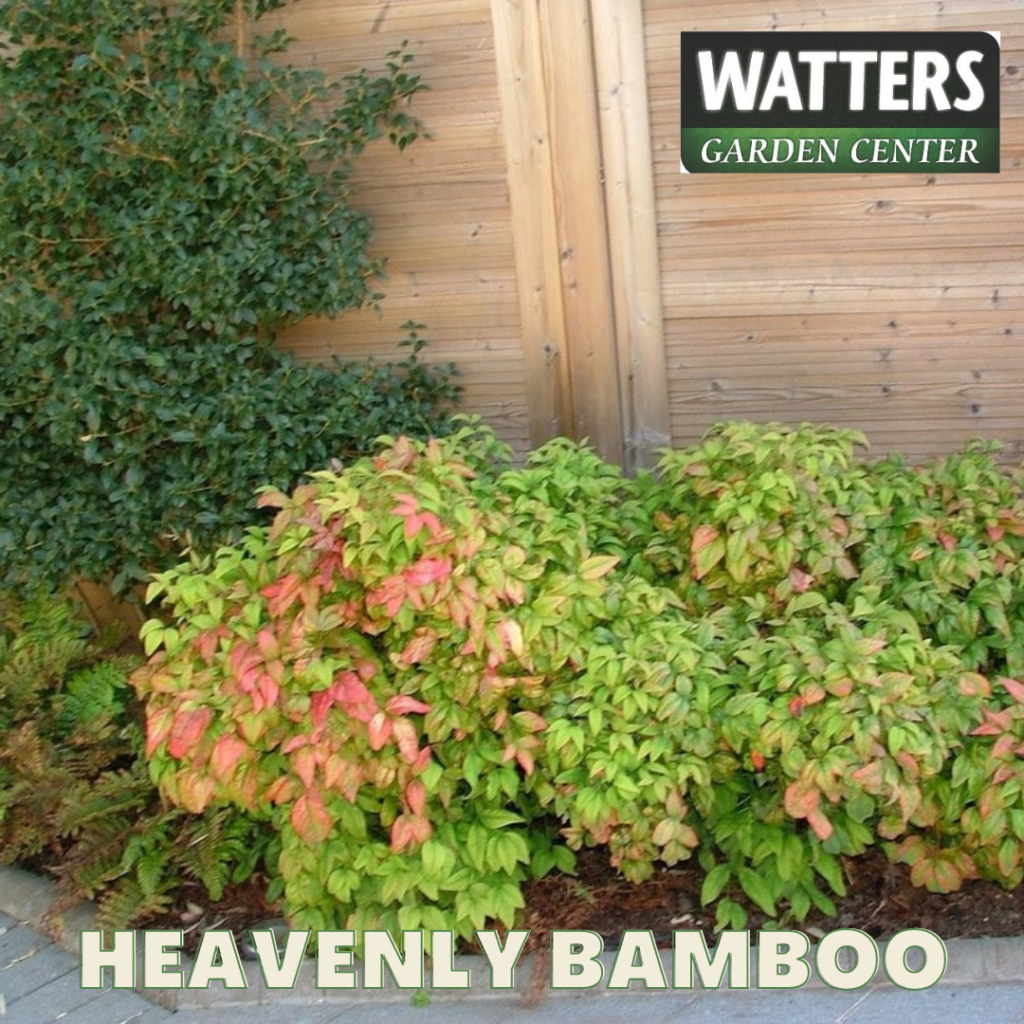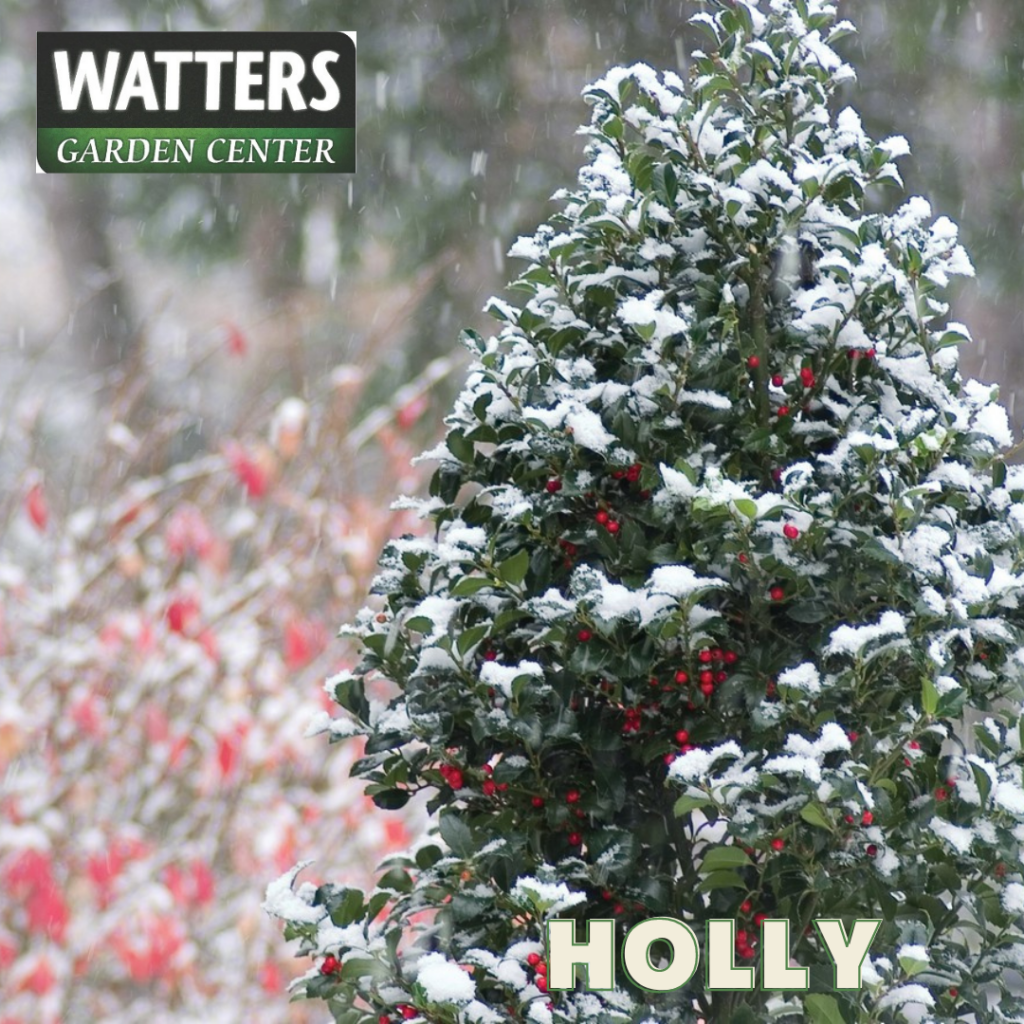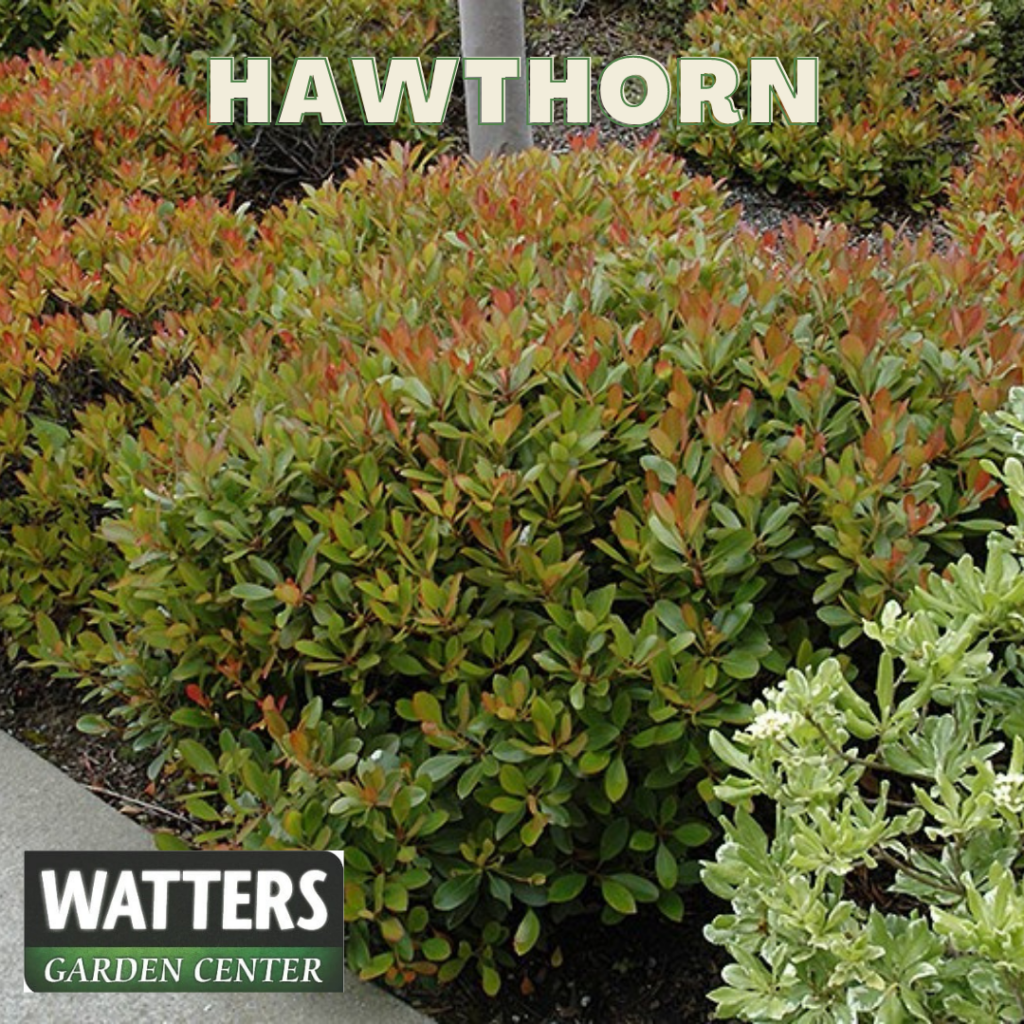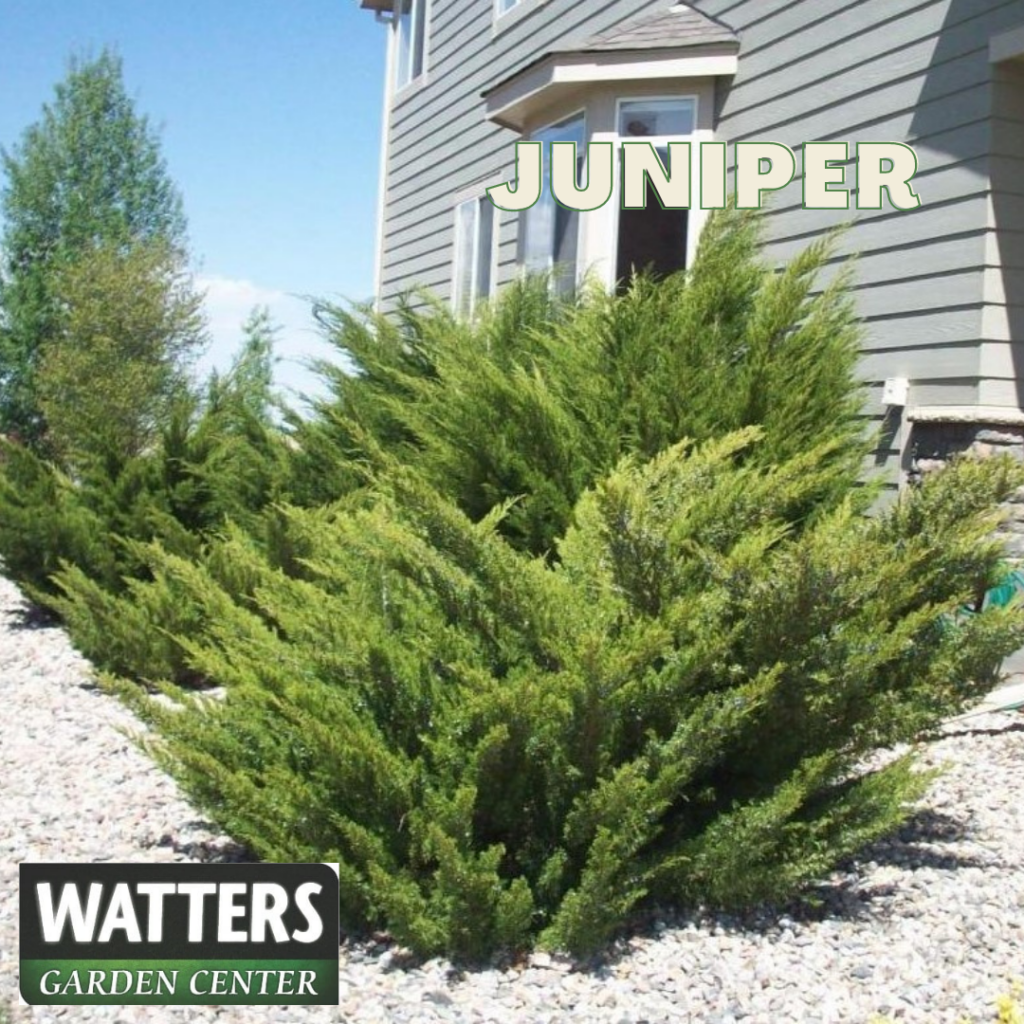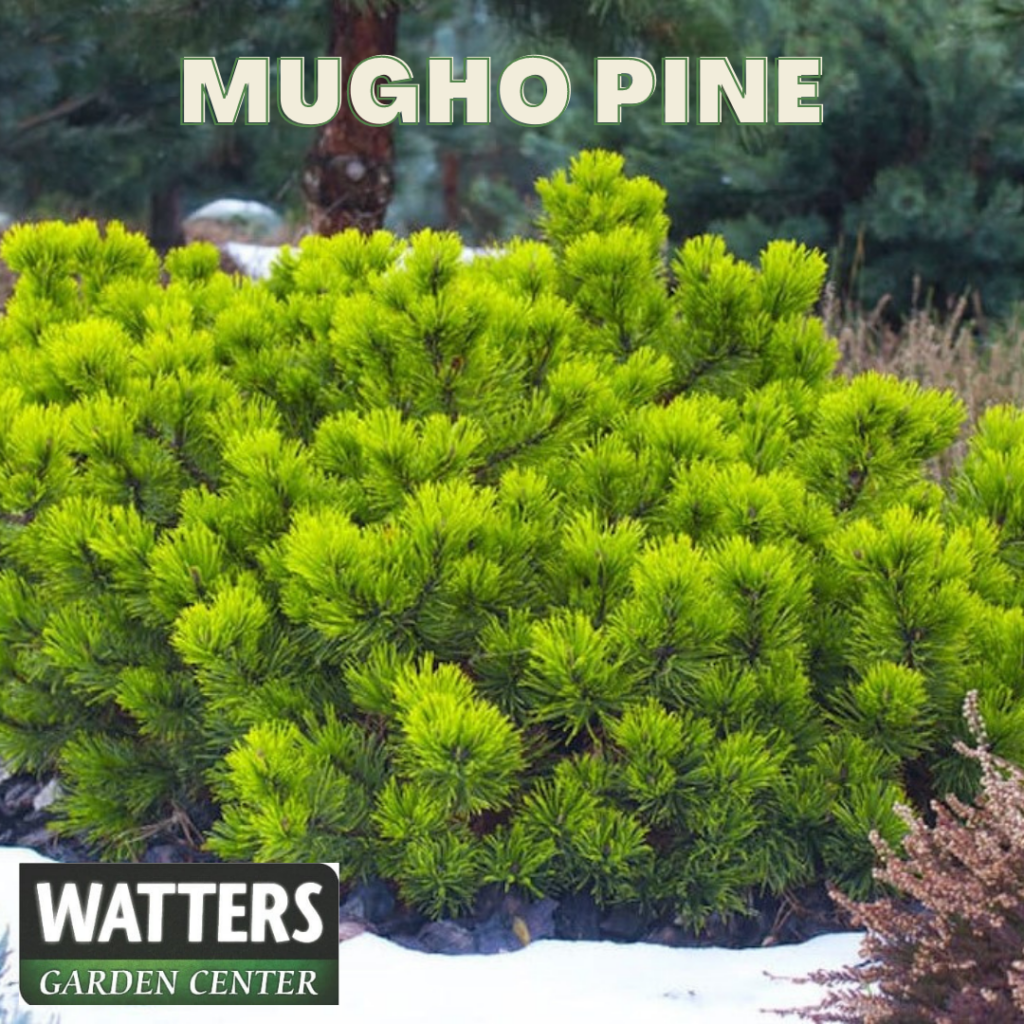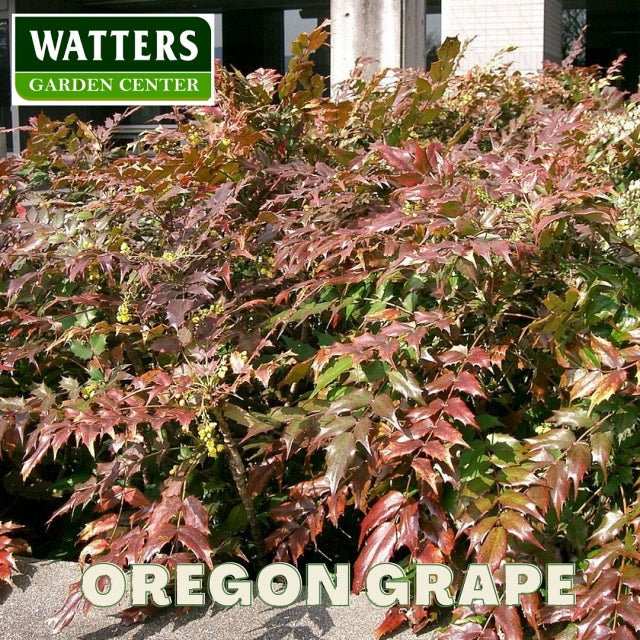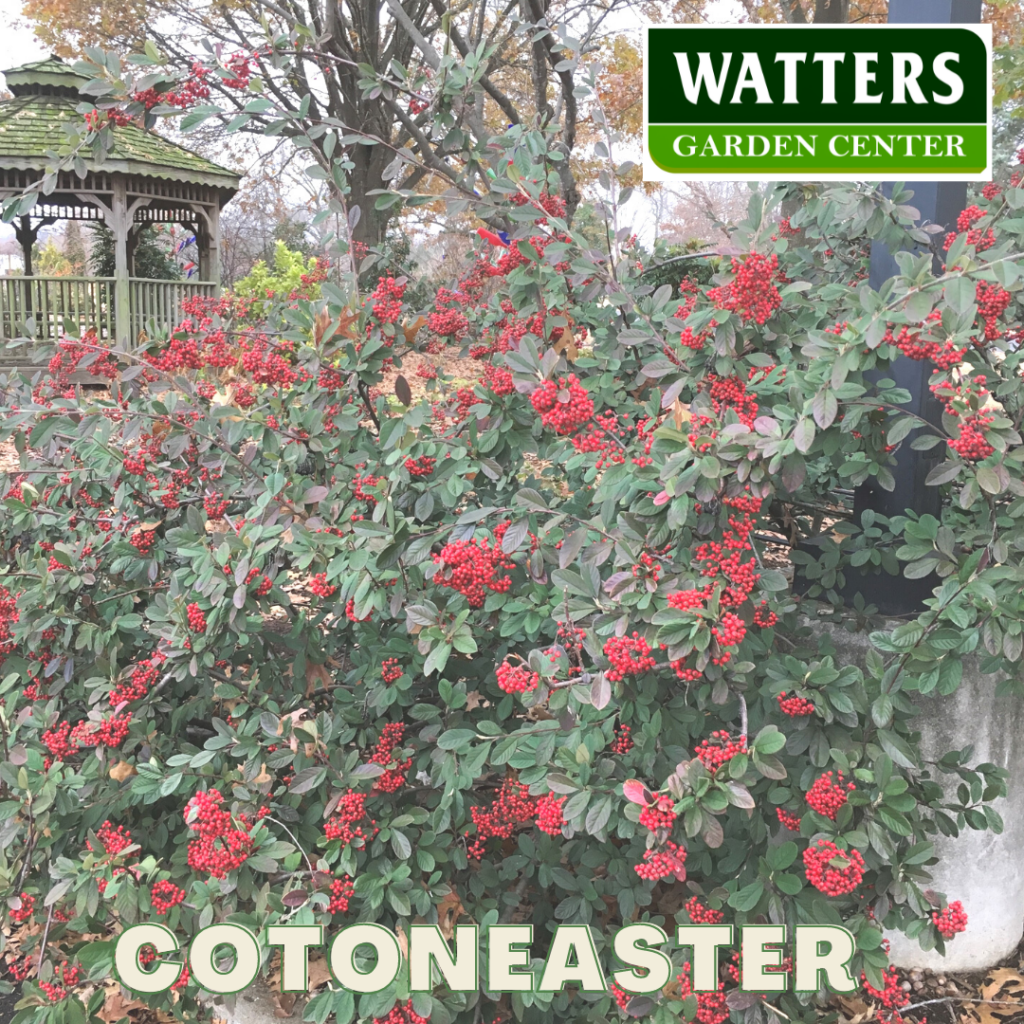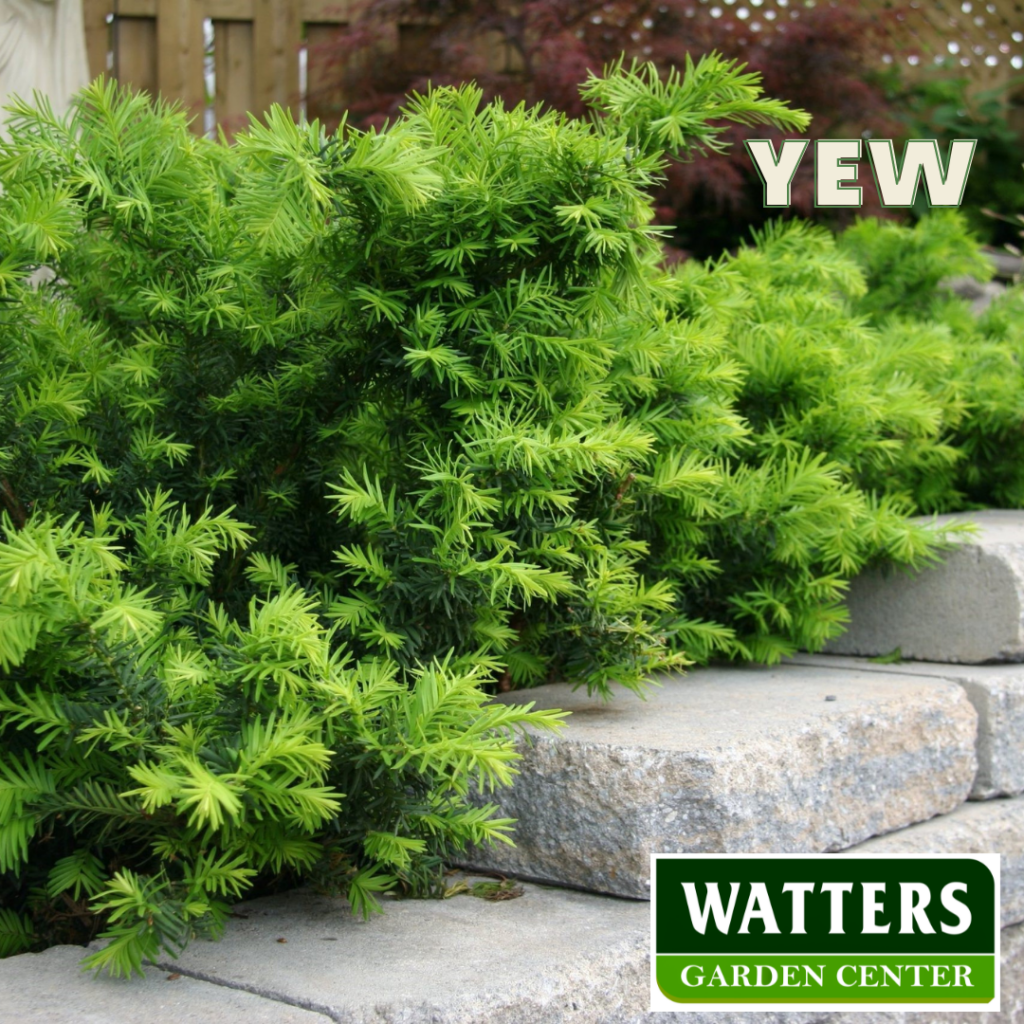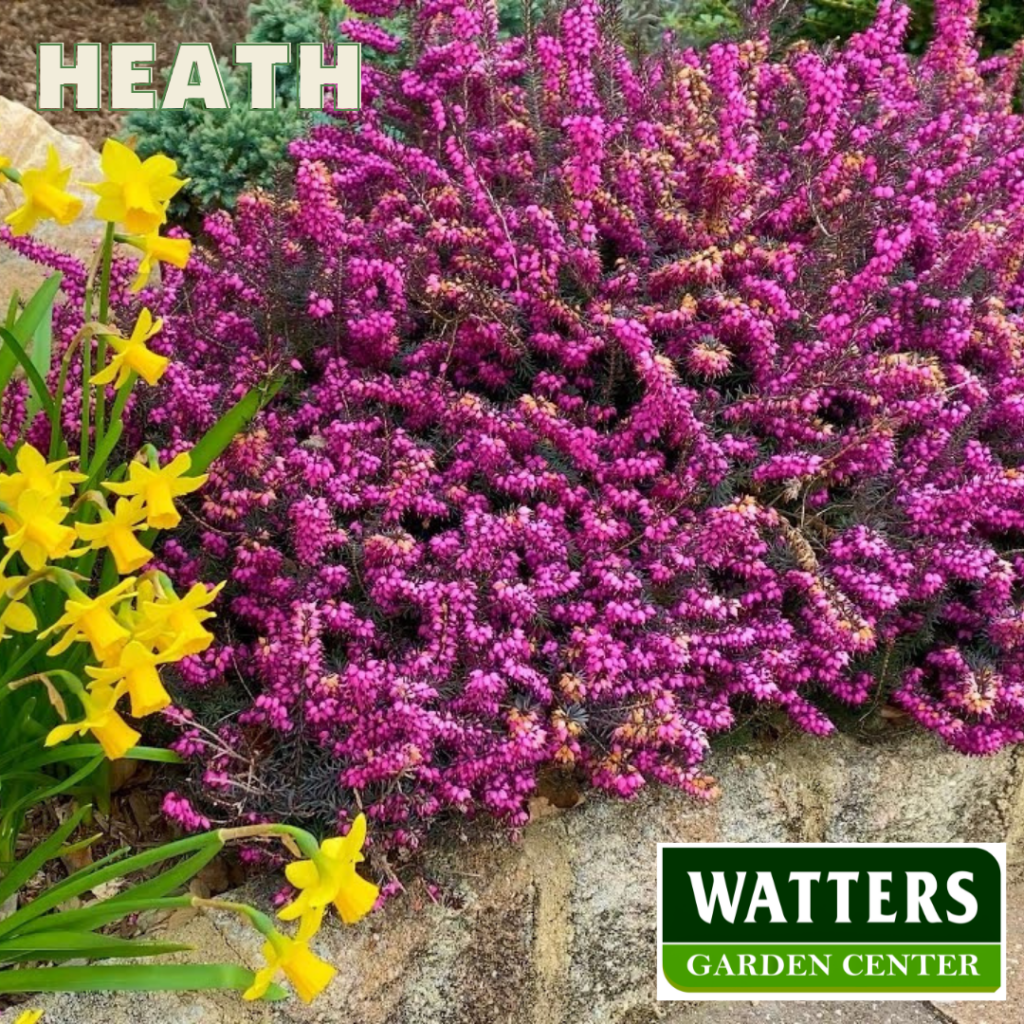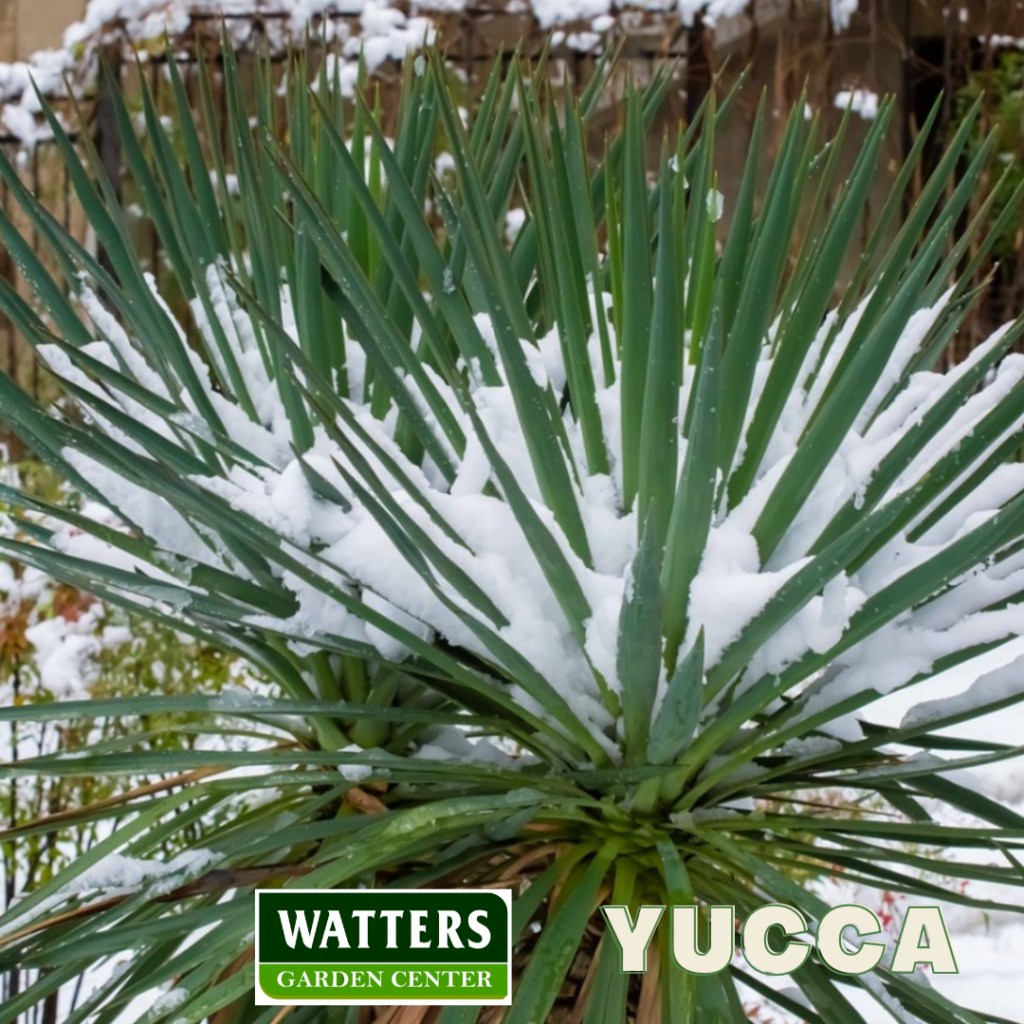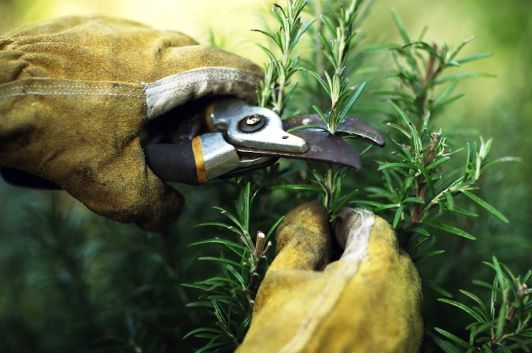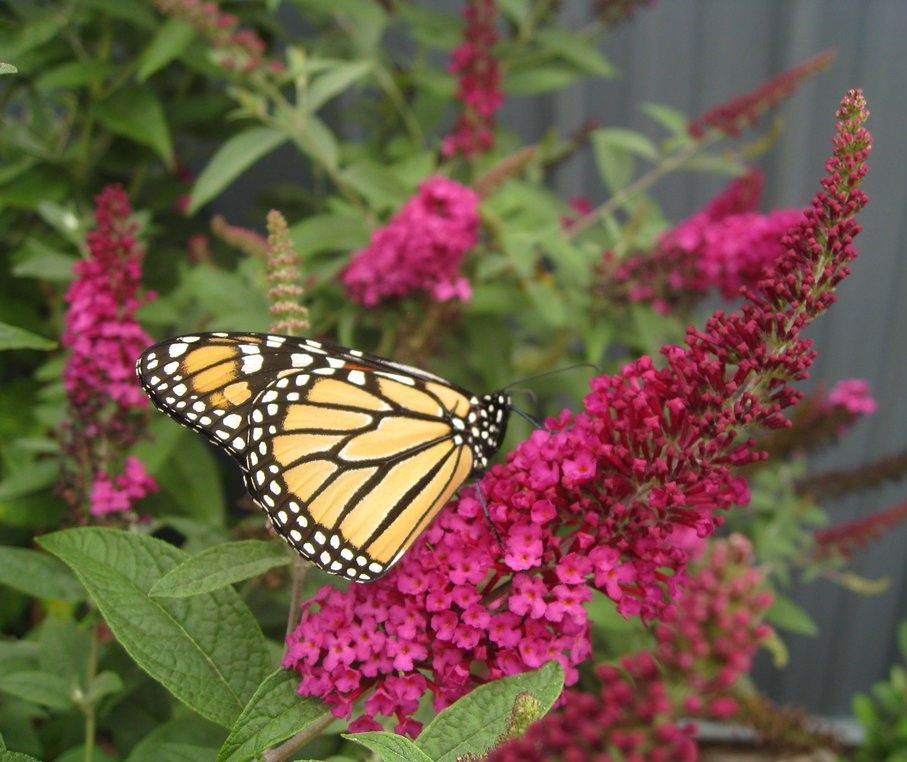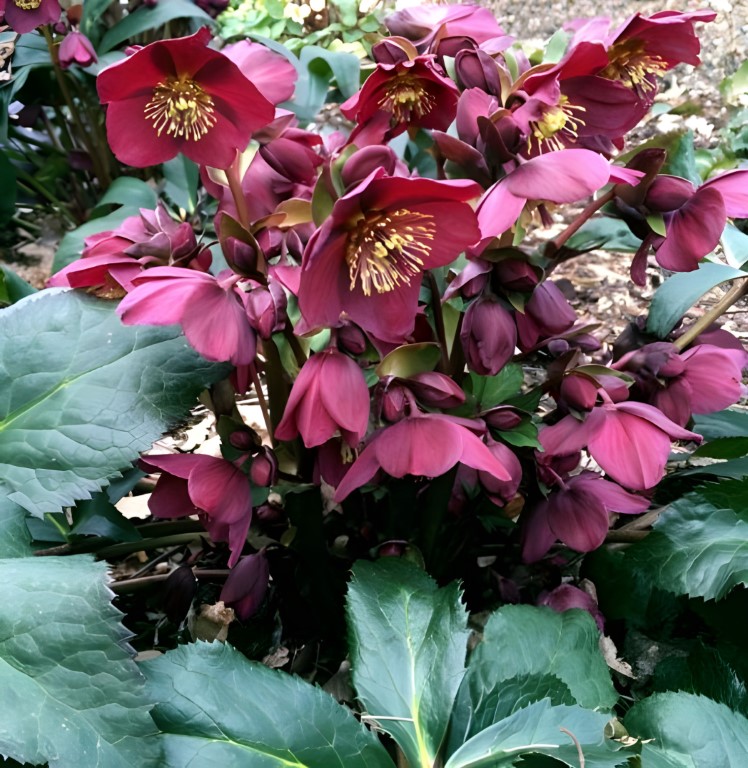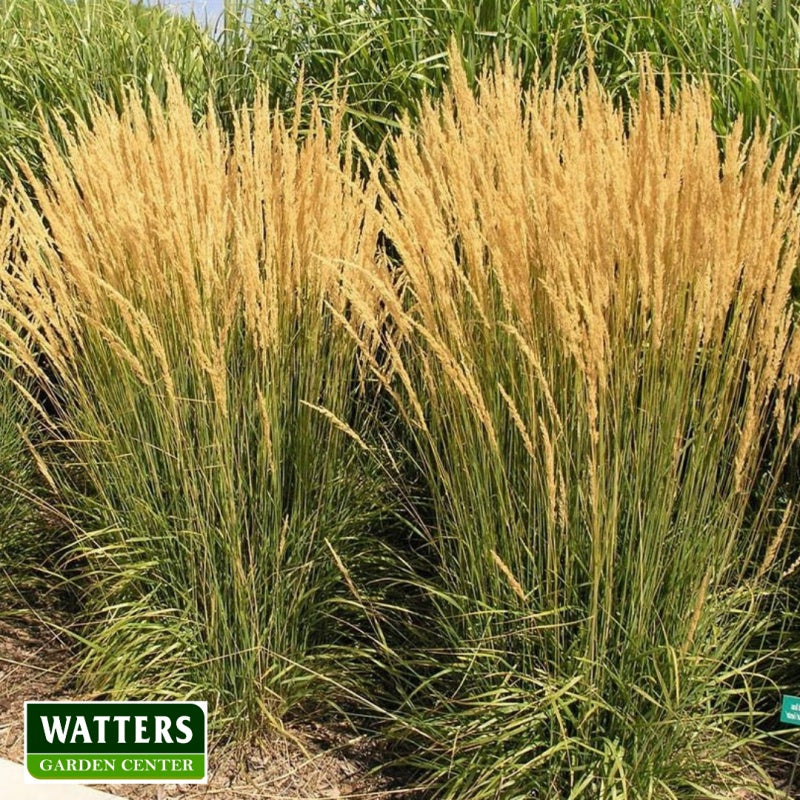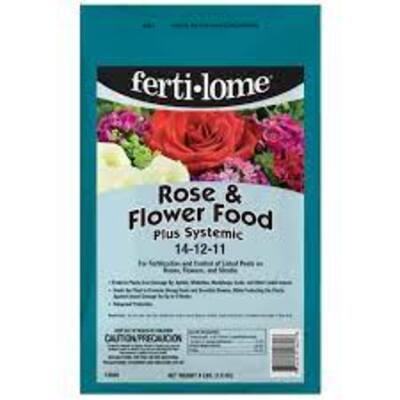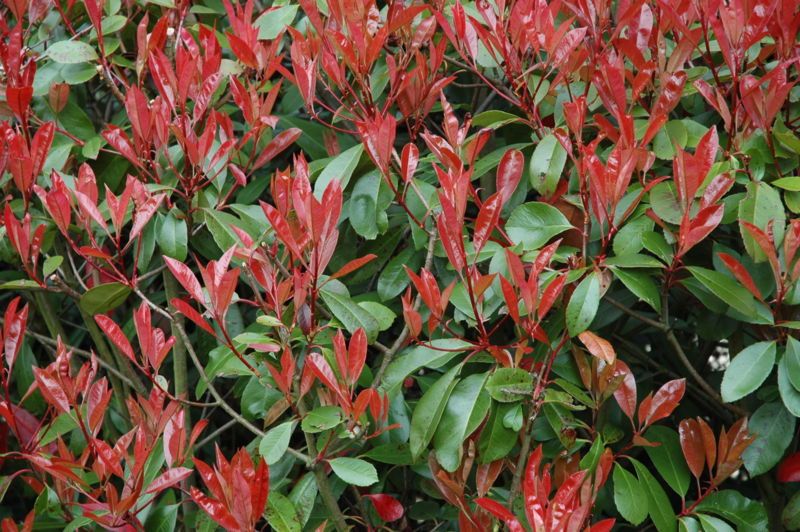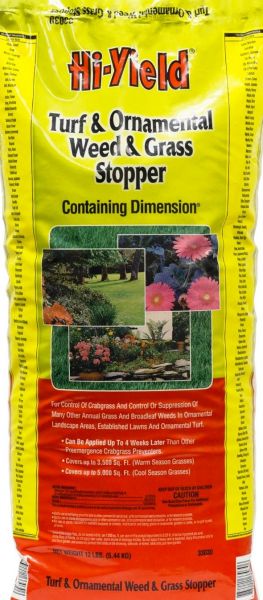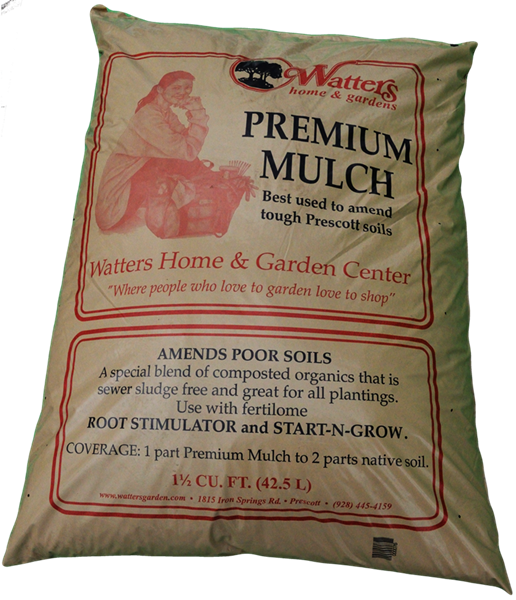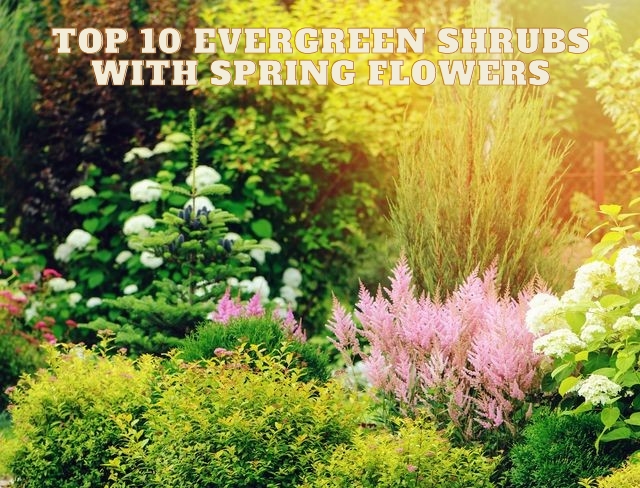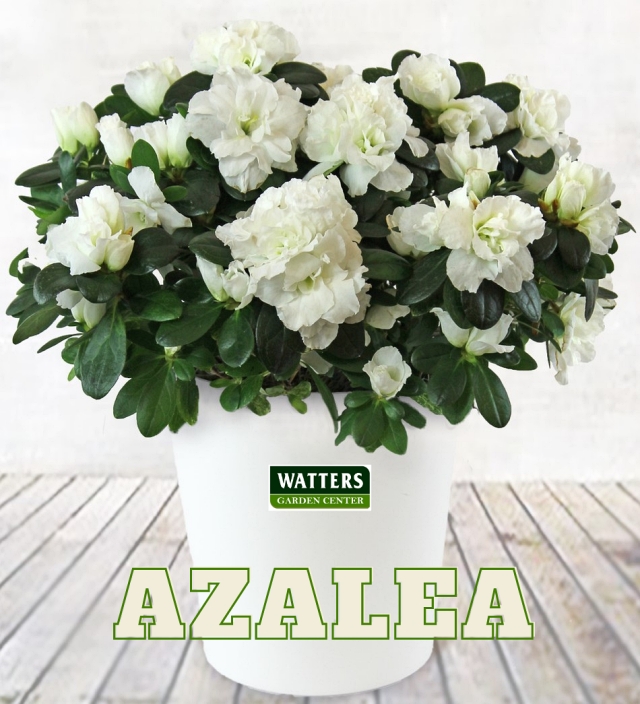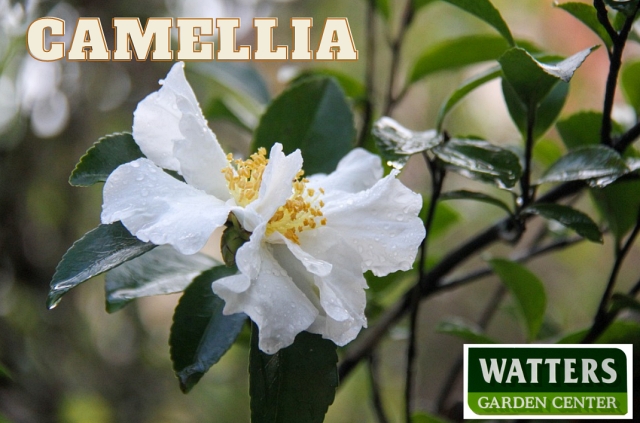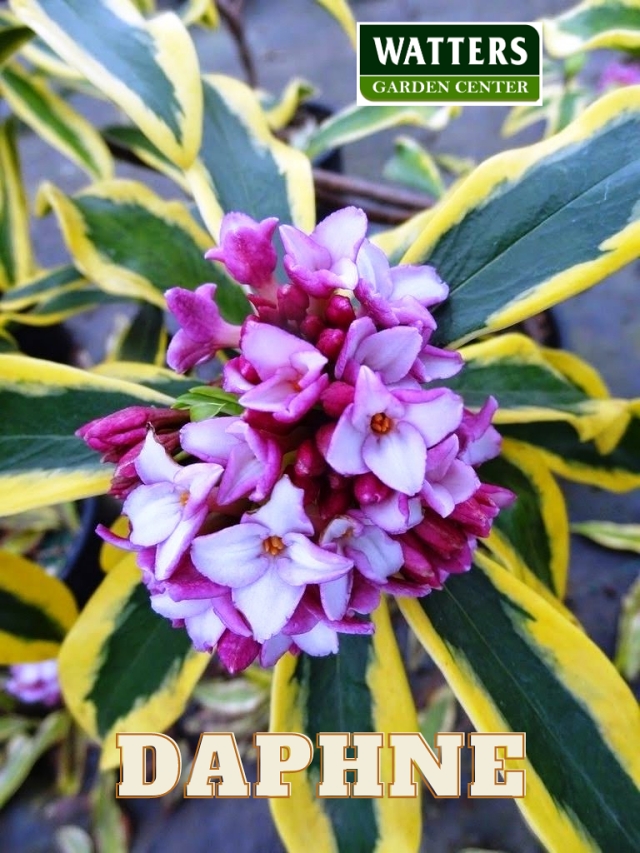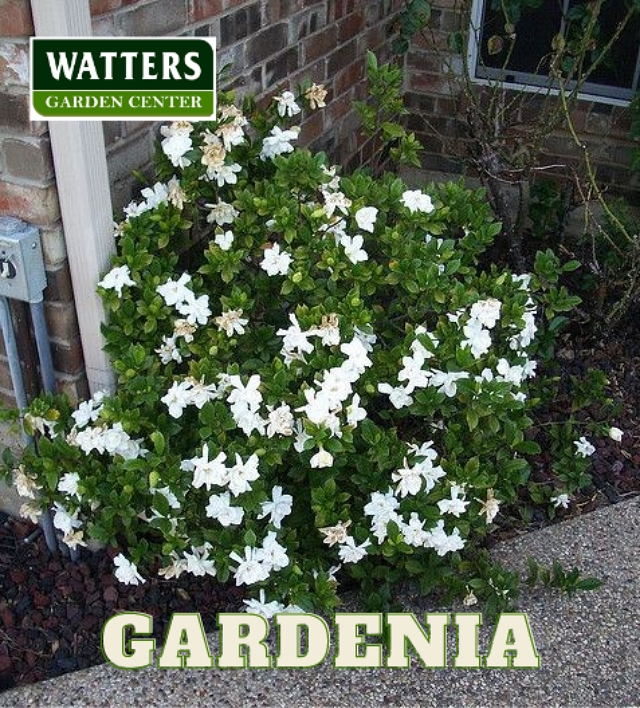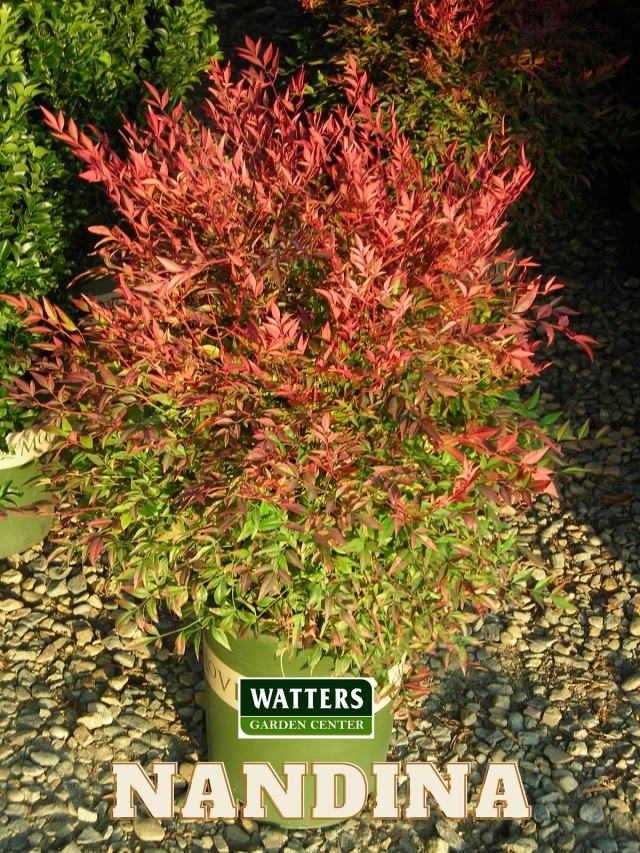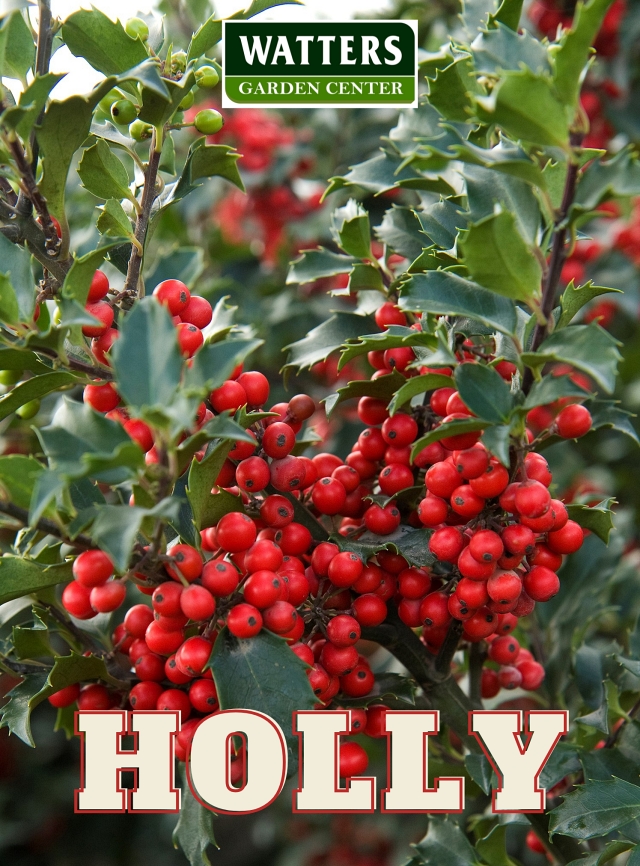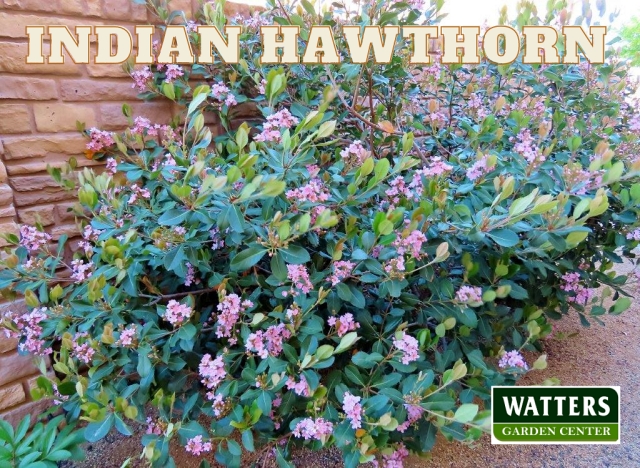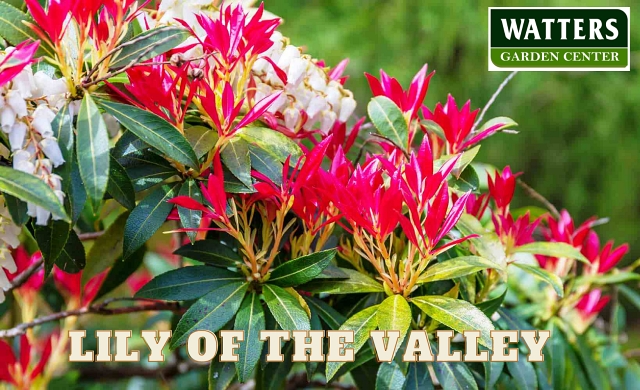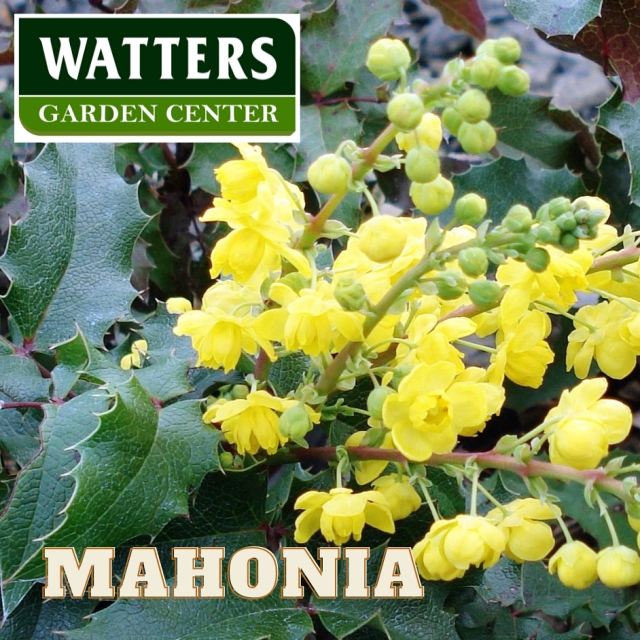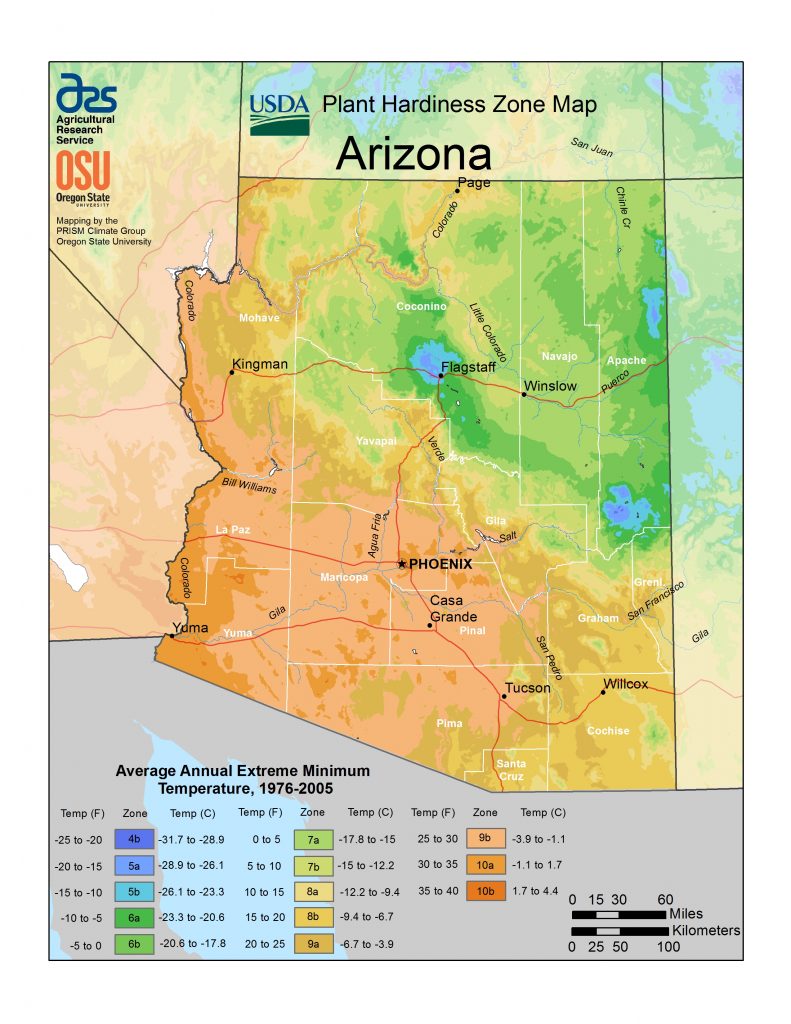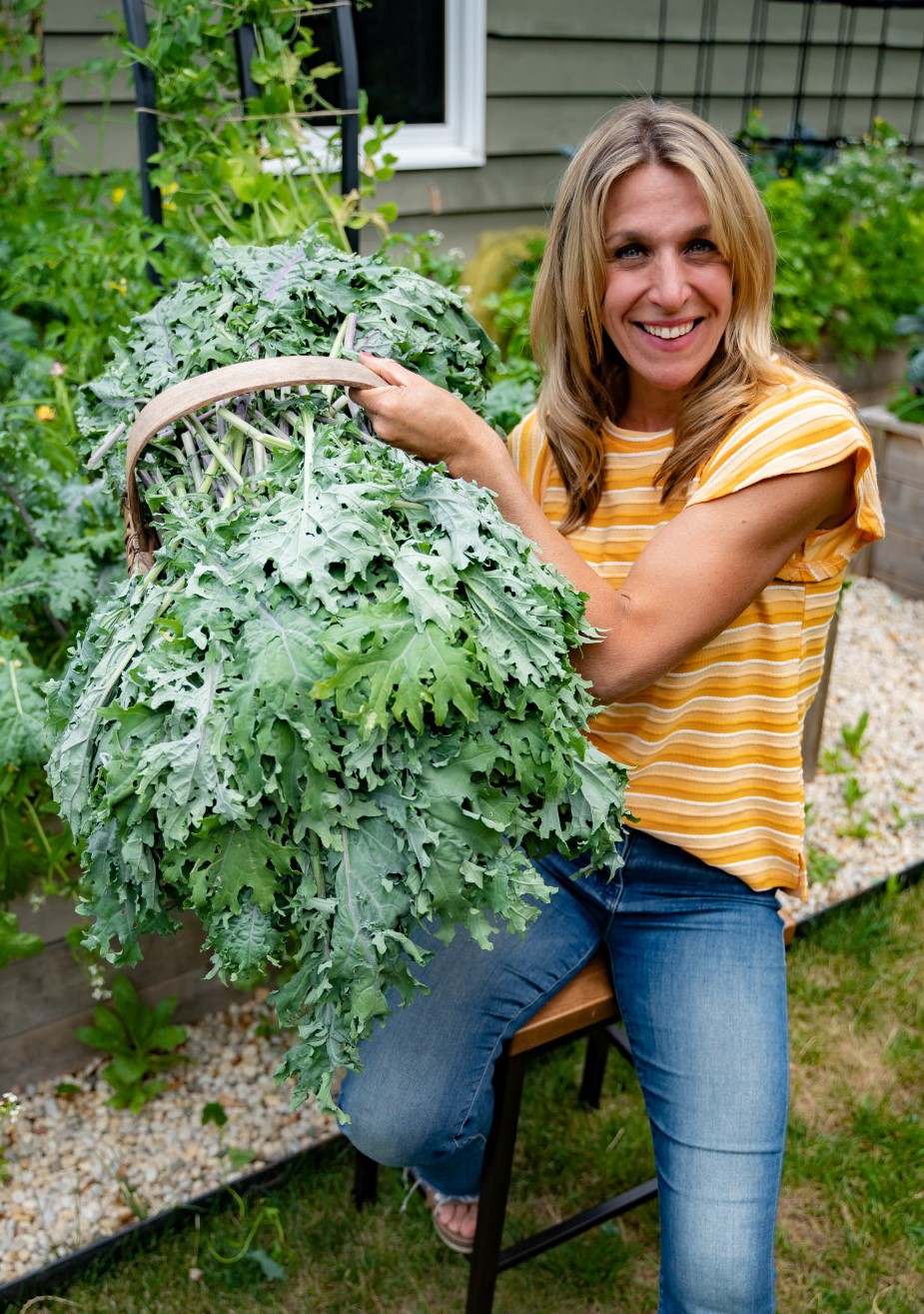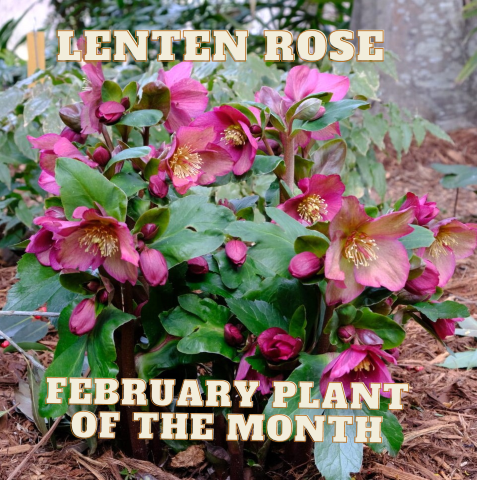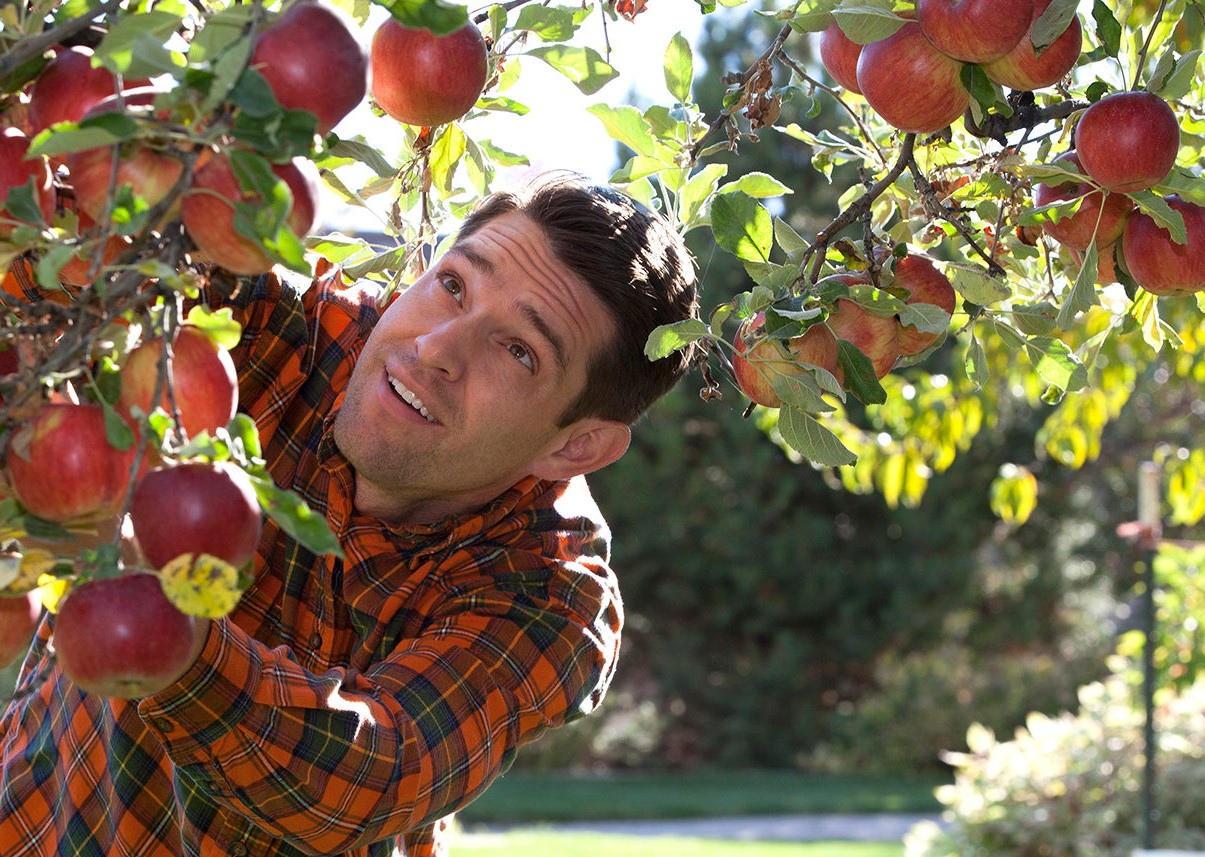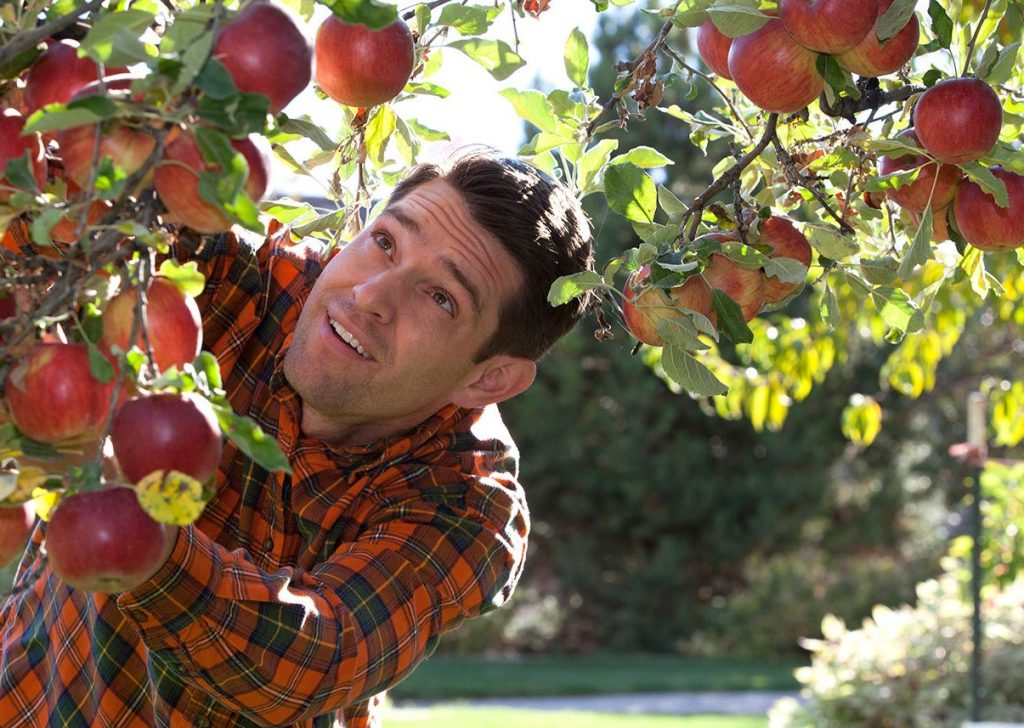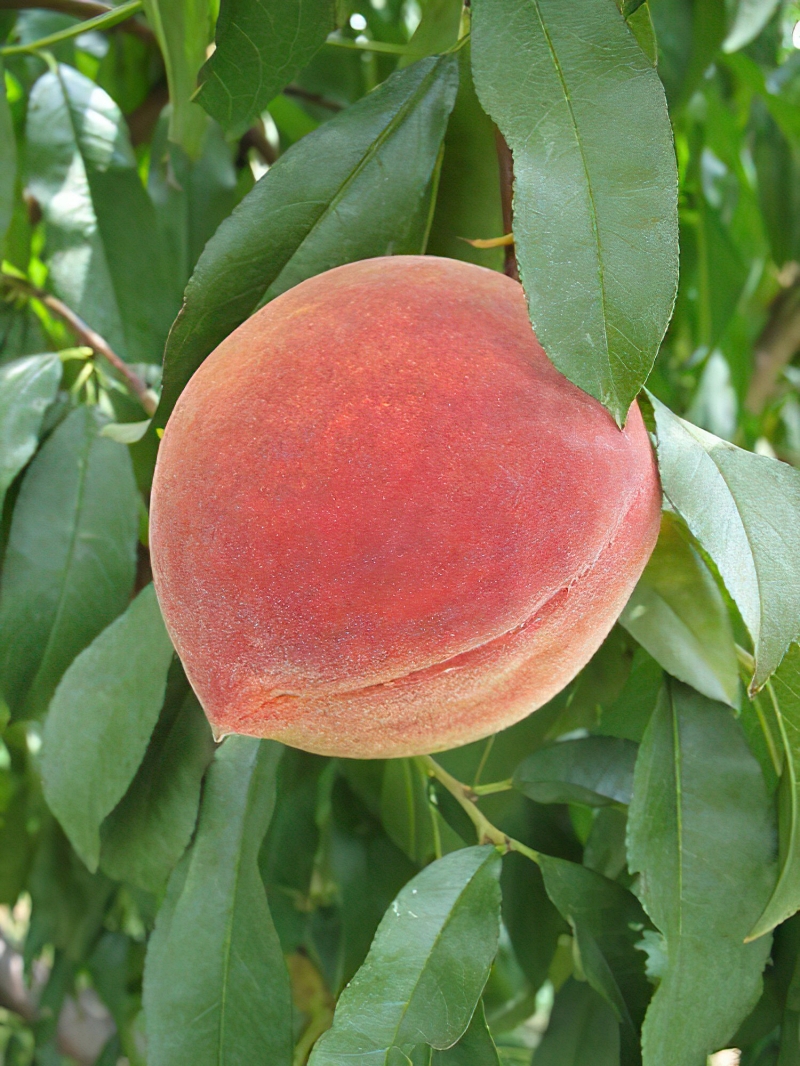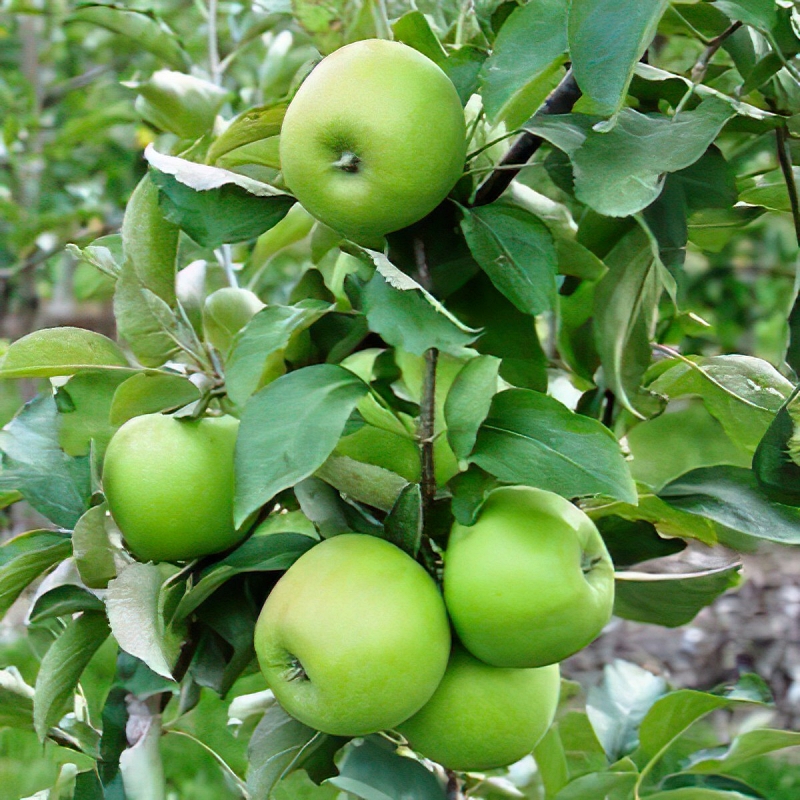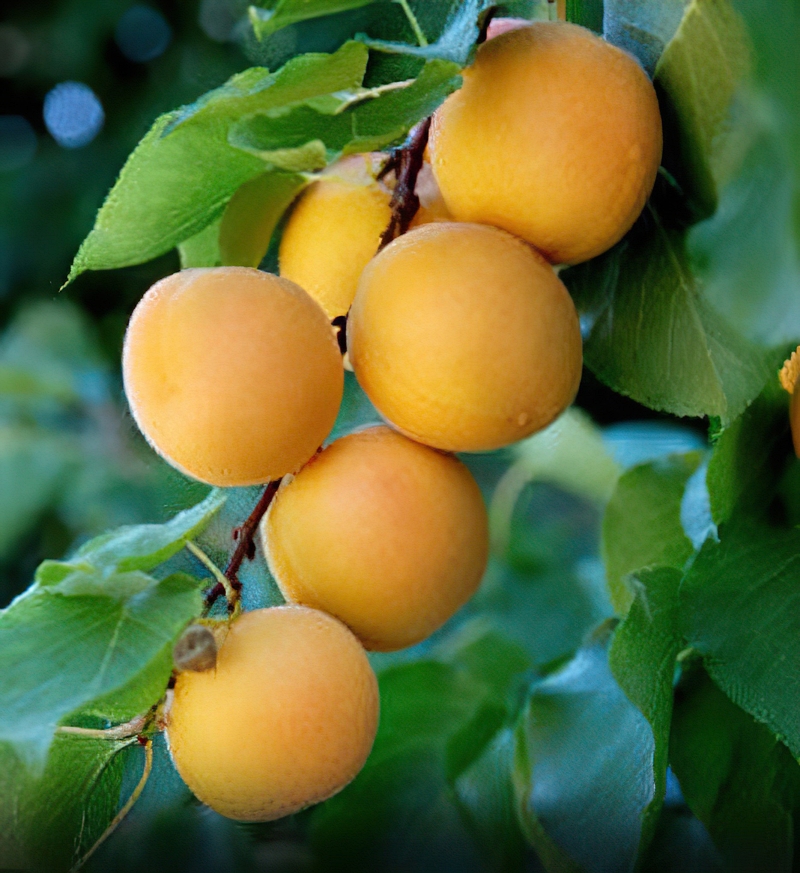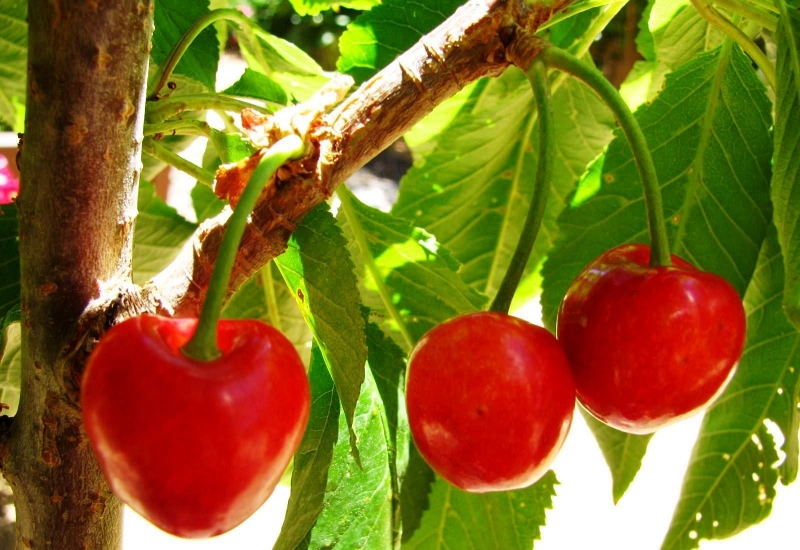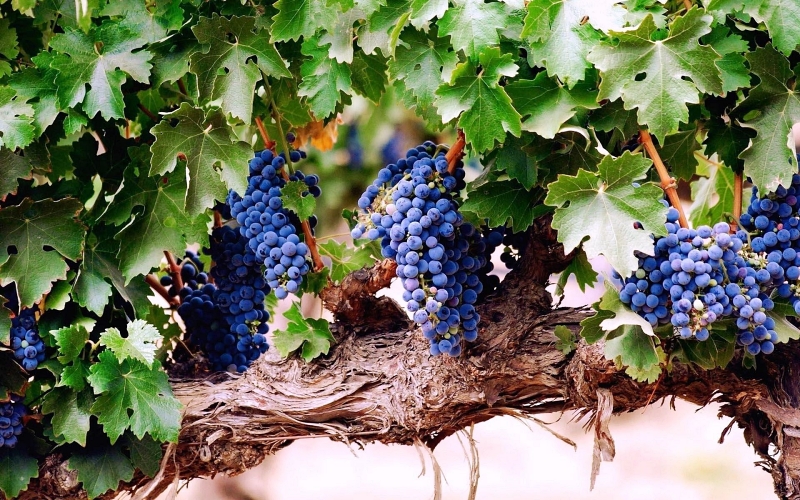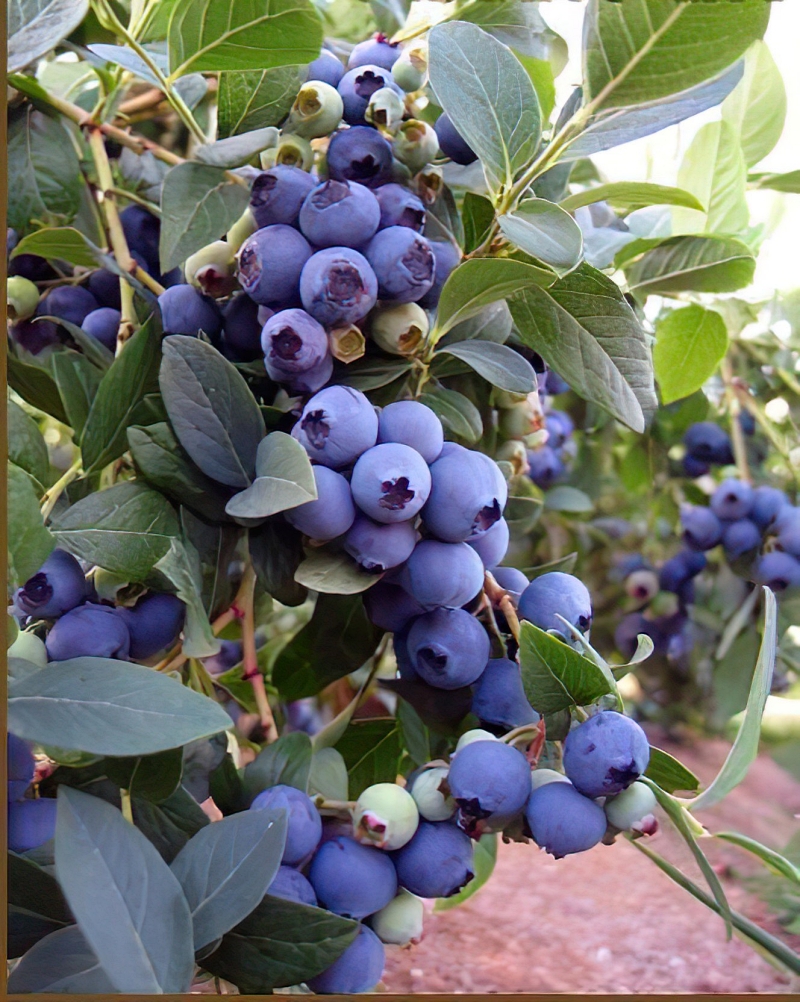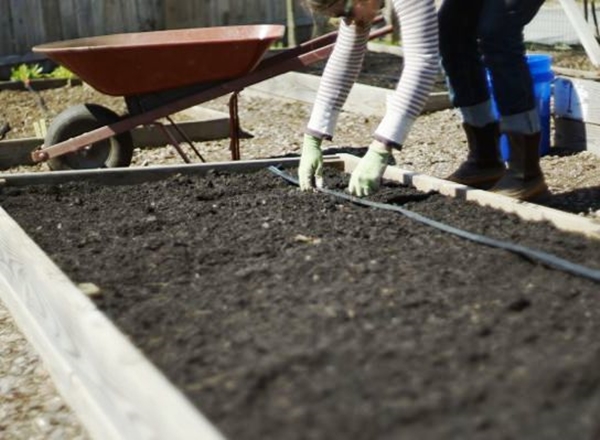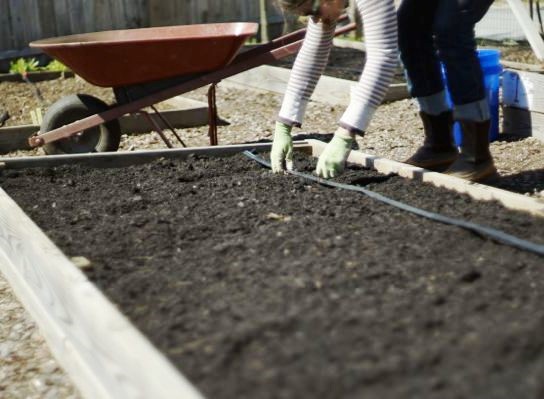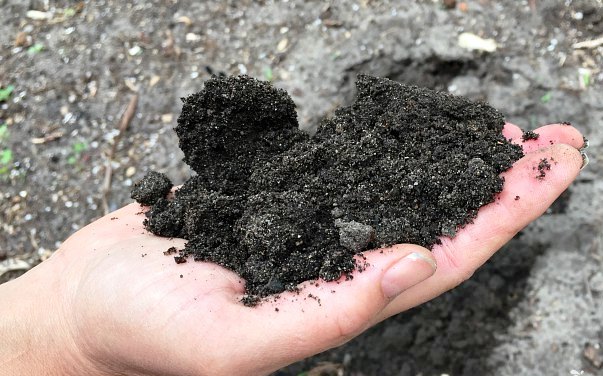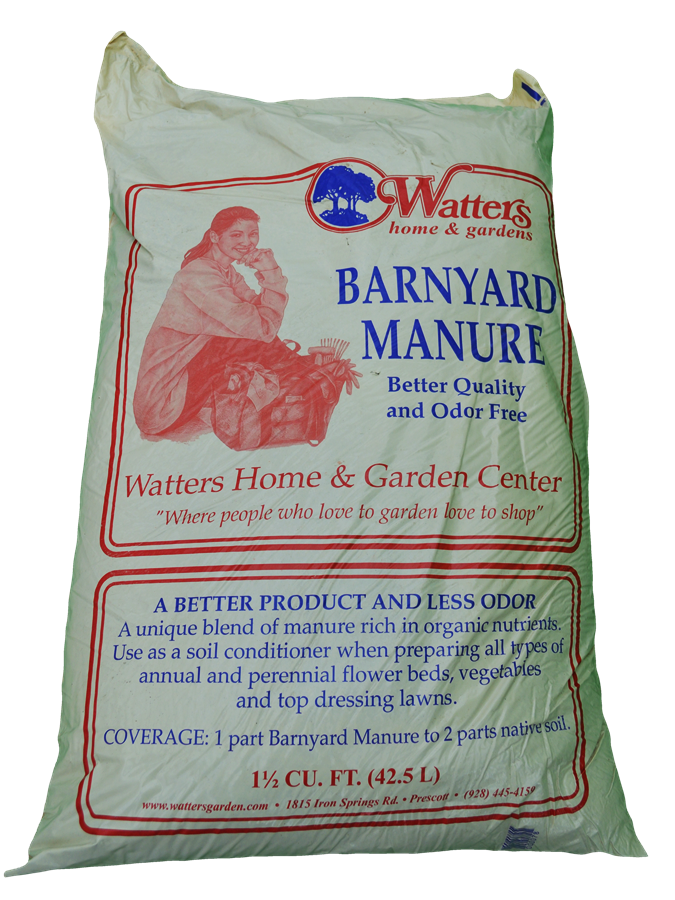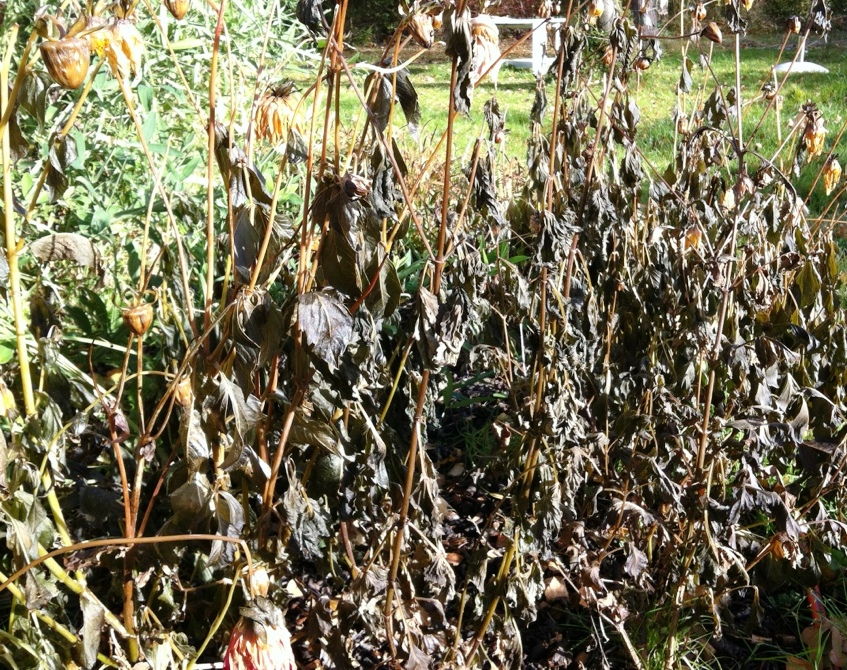by Ken Lain, the mountain gardener

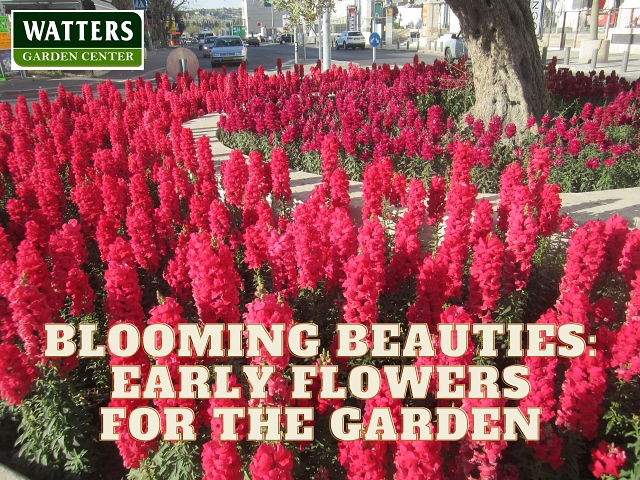
The crispness of early spring and autumn holds a unique charm for gardeners. While many focus on perennials, cool-season annuals offer a stunning display, filling empty winter containers and adding vibrant color to the garden. These “perennial performers” bloom from fall through early summer, bringing life to the cooler months.
Hardy Choices for Early Spring Gardens

Bachelor’s Buttons & Cornflower: Effortless growers, these beauties readily reseed, adding a touch of the quintessential cottage garden feel. Sow them directly in the garden for blooms in spring and fall.
Calendula (Pot Marigold): Rich golds shine even brighter later in the season. Established plants can even withstand light frosts. Enjoy continuous blooms with self-seeding, and use them in your herb or vegetable garden for their edible flowers and pest-deterring properties.
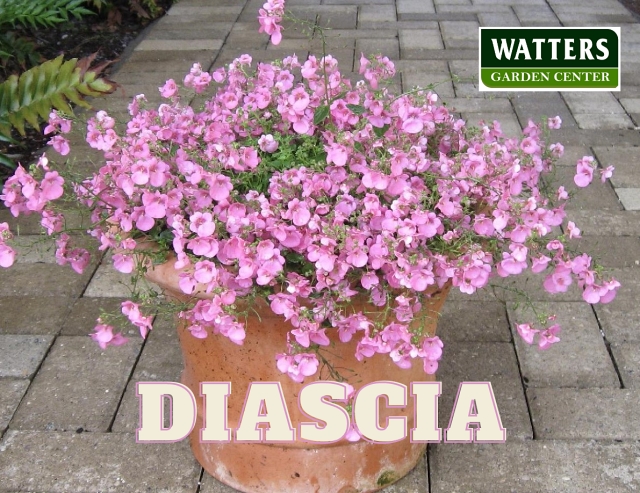
Diascia: This newcomer boasts abundant trailing blossoms, perfect for containers. Under ideal conditions (Zone 8+), it can even become perennial.
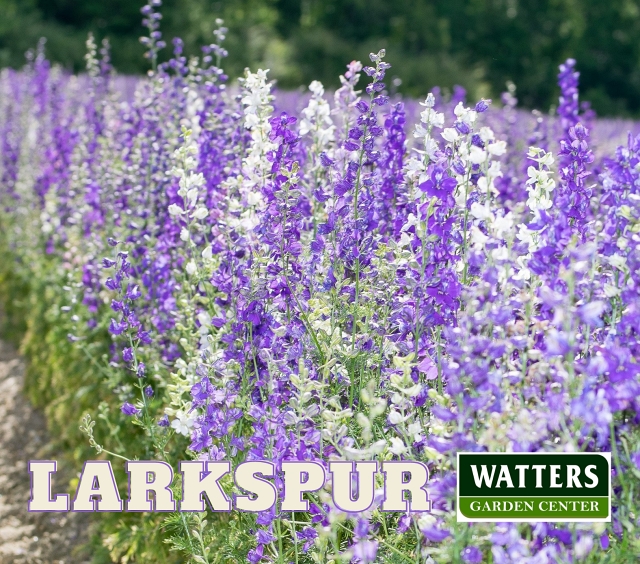
Larkspur: Where delphiniums struggle, larkspur thrives. Spring planting and diligent deadheading can revive them for a fall spectacle. Their stunning blooms also make exceptional cut flowers.
Lobelia: While summer heat may dampen its spirit, cooler temperatures bring it back to life. Trim it back by half in spring to encourage vigorous regrowth and reblooming.
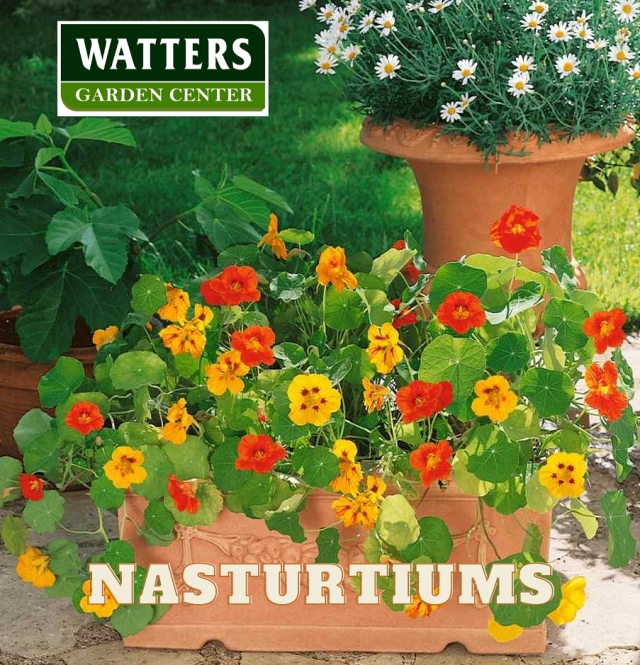
Nasturtiums: Keep blooming through summer and into fall, their crisp autumnal colors adding cheer to the cooler months. Direct seeding is recommended, as transplanting can be challenging. Remember to water them well during the summer heat. Bonus: their seed pods are easily collected and saved for next season!
Nierembergia ‘Mont Blanc’: Revitalizing the appeal of nierembergia, this Zone 7-hardy gem is easy to grow from seed and can overwinter indoors. Look for the blue-flowered varieties alongside the award-winning ‘Mont Blanc.’
Petunia Remember to consider this classic bedding staple. They thrive in cool temperatures, offering various options, including the deadheading-friendly Wave series and the petite calibrachoa petunias for a delightful textural accent.
Snapdragons: Introduce vibrant colors and varying heights with these beauties. The new trailing snapdragon varieties, like the Luminaire series, are perfect for containers. Hardy to at least Zone 8, with some protection, they might survive in Zone 7, too.
Viola and Pansy: Look for lingering pansies from last spring, which can bloom for weeks with regular deadheading. Newer varieties even withstand slight freezes for a prolonged display.

Watters Garden Center is hosting Its 62nd Spring Open House!
Spring is in full swing! To celebrate this magical season, Watters Garden Center is hosting Its 62nd Spring Open House the weekend of March 15th -17th. Meet the growers that produce Watters plants as they travel directly from the farm to share their insider tips and tricks of the trade. This year’s newest fruit trees, roses, and flower baskets with unusual perennial colors are unveiled for the 2024 planting season.
“It’s been fun growing up in the family business and watching the nursery grow with the community.” McKenzie Lain, 3rd generation owner.
Friday, March 15, starts off the celebration with a 3pm Happy Hour only with plants. This special Friday afternoon garden class kicks off our 2024 Spring Open House by showcasing the first blooming colors of spring many have just seen: salvias, pansies, gaillardia, and more. “We are excited to introduce the 2024 newest introductions at this year’s start of the season,” said Lisa Watters-Lain, owner.
Saturday, March 16, features a free, fun, information-packed class and demonstration at 9:30am. Participants learn directly from the growers in the know about the newest plants, local favorites, and tricks of the trade for a more successful garden this spring. Experts are on hand all weekend to help with container gardens, local pest issues, roses, and vegetable questions!
Sunday, March 17 – Ken and Lisa Watters-Lain, Mountain Gardener radio show, live at the garden center and share their secrets from 10 to 2 pm. Join us!
Until next week, I’ll be helping local gardeners grow brighter flowers here at Watters Garden Center.


